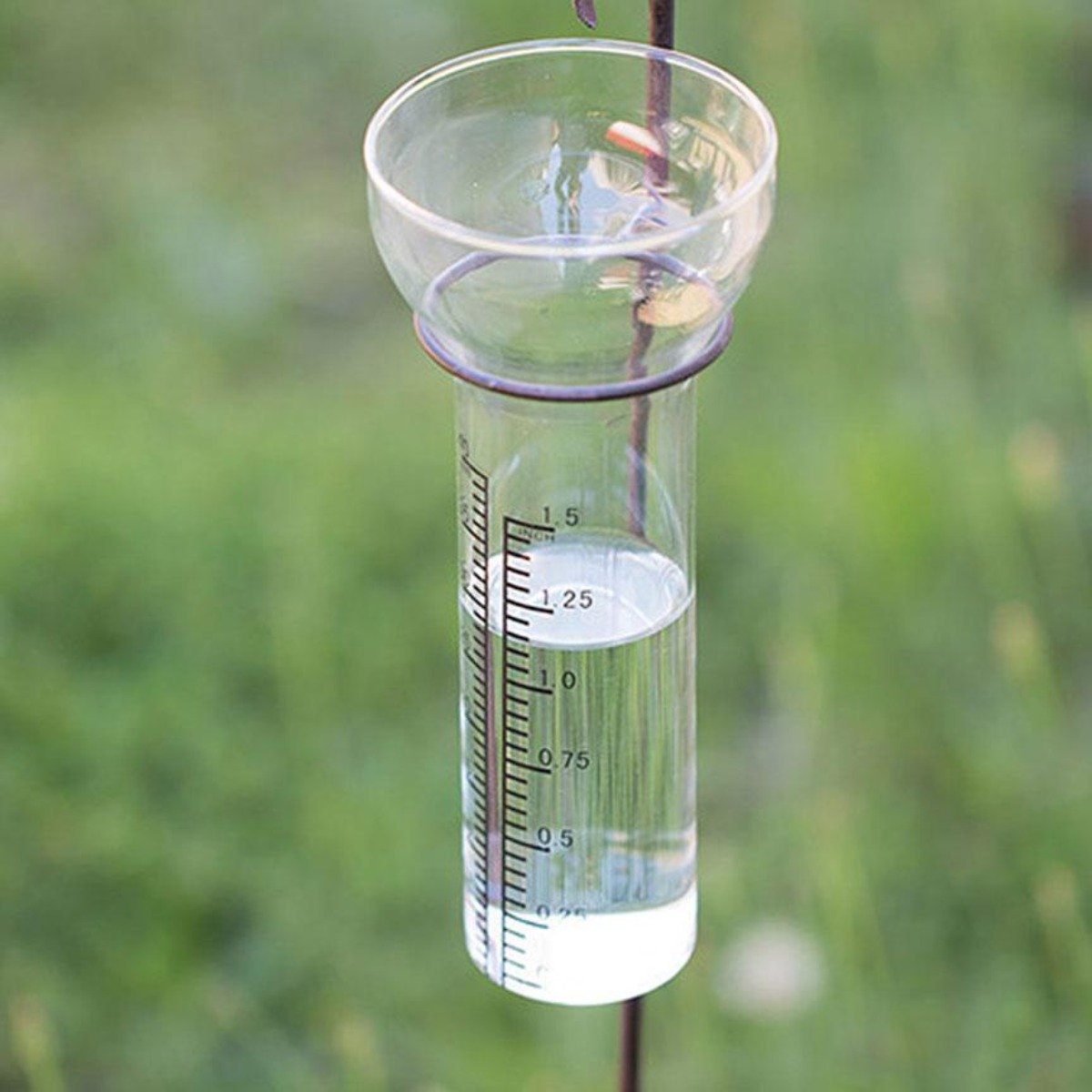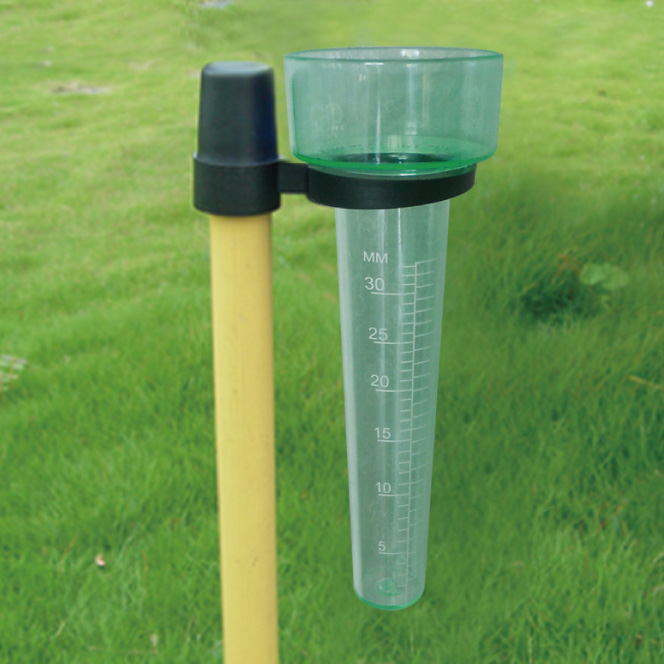Understanding the Scientific Research Behind The Rain Gauge: Insights and Innovations Introduced
Understanding the Scientific Research Behind The Rain Gauge: Insights and Innovations Introduced
Blog Article
Recognizing Rainfall Scale Measurements: A Total Overview
Understanding Rain Gauge Measurements: A Full Overview is a thorough source for any person seeking a deeper understanding of rain gauge measurements. Whether you are an expert in the field or merely have a curiosity about rainfall measurement, this overview will furnish you with the expertise needed to efficiently use rain gauge measurements.
The Importance of Rain Gauge Measurements
The importance of rainfall gauge measurements exists in their duty as a vital tool for accurately analyzing and keeping an eye on precipitation levels - The Rain Gauge. Rain scale dimensions provide important information that assists meteorologists and hydrologists understand patterns and patterns in rains, which consequently aids in different fields such as agriculture, water resource monitoring, and climate research

Accurate rainfall measurements are crucial for agriculture as they help in determining irrigation requirements, crop growth, and return predictions. Farmers count on this details to make informed decisions about when to sprinkle their crops, stopping water waste and making sure optimum crop health and wellness. In addition, rainfall data aids in examining the impact of droughts or extreme rains on plant production, making it possible for farmers to take proper steps to reduce losses.
Water source monitoring greatly relies upon rainfall gauge dimensions to establish the amount of water readily available in rivers, lakes, and storage tanks. Accurate dimensions allow water managers to make enlightened choices concerning water allowance and circulation, guaranteeing lasting use and stopping shortages. This details is particularly essential in areas where water scarcity is a pushing issue.
Furthermore, rainfall scale dimensions play an essential duty in environment research. By properly determining rains over expanded periods, scientists can examine long-term environment patterns and determine changes in rainfall patterns due to climate adjustment. This data helps scientists and policymakers develop strategies to adjust to and mitigate the impacts of climate change.
Sorts Of Rainfall Scales
There are different kinds of rainfall gauges used to measure rainfall precisely. Each type has its own benefits and restrictions, making them ideal for different purposes and environments.
The most common sort of rain scale is the standard cylindrical scale. It contains a round container with a wide funnel-shaped top to accumulate rain (The Rain Gauge). The water is then funneled right into a finished determining tube, allowing for accurate dimension of the amount of rains
Another kind is the evaluating rain gauge. This scale makes use of a delicate balance to measure the weight of the collected rains. By converting the weight into quantity, the quantity of rainfall can be figured out. Weighing rainfall assesses are specifically valuable in locations with frozen precipitation or heavy rainfall, as they are not influenced by spraying or evaporation.
Tipping bucket rain gauges employ a device that ideas a small pail each time it collects a details quantity of rain. The number of ideas is tape-recorded and used to compute the rains. This kind of scale is frequently used in automated weather condition stations because of its low maintenance demands and ability to provide real-time information.
Finally, there are radar-based rain assesses that usage radar modern technology to estimate rainfall. These determines determine the strength of rains in a particular location by evaluating the mirrored radar signals. They are specifically beneficial for determining precipitation over large areas or in remote areas.
How Rainfall Gauge Measurements Work
Rainfall scale measurements are based on the principle of accumulating and gauging the quantity of rainfall. These instruments are created to catch rain and give an accurate measurement of the rainfall in a certain location.
One of the most usual sort of rainfall scale is the typical cylindrical gauge. It includes a round container with a broad opening at the leading to collect rain. The collected water is then channelled into a determining tube, which is calibrated to give the measurement in units of length, usually millimeters or inches.
One more type of rainfall scale is the tipping container gauge. When they get to a specific weight limit, it uses a seesaw-like mechanism with 2 containers that tip. Each idea of the pail stands for a specific quantity of rainfall, permitting specific dimensions.
Some innovative rain assesses are furnished with digital sensing units that automatically document and send information. These sensors make use of various innovations such as ultrasound or laser to gauge the quantity of rains accurately.
Aspects Impacting Rainfall Gauge Precision
Variables that can affect the precision of rain gauge measurements include different ecological and operational variables. Environmental aspects such as wind, temperature, and climatic pressure can dramatically affect the precision of rainfall scale dimensions. Solid winds can cause the rainfall gauge to tilt or move, resulting in inaccurate analyses. In a similar way, extreme temperature levels can trigger evaporation or freezing of the gathered rain, causing distorted dimensions. Changes in air pressure can additionally influence the precision of rain gauge dimensions, as they can modify the price at which rainfall is gathered.
Functional variables, on the various other hand, refer to aspects related to the style, installation, and maintenance of the rainfall gauge. The click here to find out more placement of the rainfall gauge in an area with blocked air movement or near trees or structures can lead to unreliable readings due to blockage or splattering of rains. Improper calibration or irregular maintenance of the rain scale can also influence its precision.
To ensure the accuracy of rainfall gauge dimensions, it is vital to think about these aspects and take ideal actions. This may entail picking an ideal area for the rain scale, guaranteeing proper setup and maintenance, and frequently adjusting the instrument. By addressing these factors, reputable and precise rainfall dimensions can be gotten, which are crucial for click this link different applications such as climate forecasting, hydrological research studies, and agriculture.
Tips for Precisely Determining Rain
To make certain specific rains dimensions, it is essential to execute specific methods and techniques when using a rain gauge. Below are some ideas for properly determining rainfall:
Appropriate Placement: Position the rainfall scale in an open location, away from trees, structures, and various other blockages that may interfere with the rains collection. It should be placed on a level surface to avoid water merging or drainage.

Review the Scale Appropriately: When taking measurements, read the water level at eye level from all-time low of the lens. Prevent parallax mistakes by straightening your view straight with the water degree.
Constant Time Interval: Establish a consistent time interval for determining rains, such as every 24-hour or after each rainfall event. This makes sure accurate monitoring and comparison of rainfall data.
Record Measurements Quickly: Record rainfall dimensions immediately after collection to avoid evaporation or splilling. Use a rain gauge with an integrated information logging feature for automated recording.
Verdict
Finally, understanding rain gauge dimensions is critical for accurately determining rainfall. Different types of rain assesses my review here are offered, each with their very own benefits and restrictions. It is very important to take into consideration factors that can affect the precision of rainfall gauge dimensions, such as wind, positioning, and dissipation. By adhering to the ideas offered, one can ensure extra exact and reputable rainfall measurements.
Recognizing Rain Gauge Dimensions: A Complete Overview is a thorough resource for any person seeking a deeper understanding of rain gauge dimensions. Whether you are a professional in the field or simply have a curiosity about rains dimension, this guide will furnish you with the expertise needed to efficiently use rainfall scale measurements.
The most typical type of rain scale is the conventional cylindrical scale.The most common kind of rainfall scale is the conventional cylindrical scale.Another kind of rainfall gauge is the tipping container gauge.
Report this page